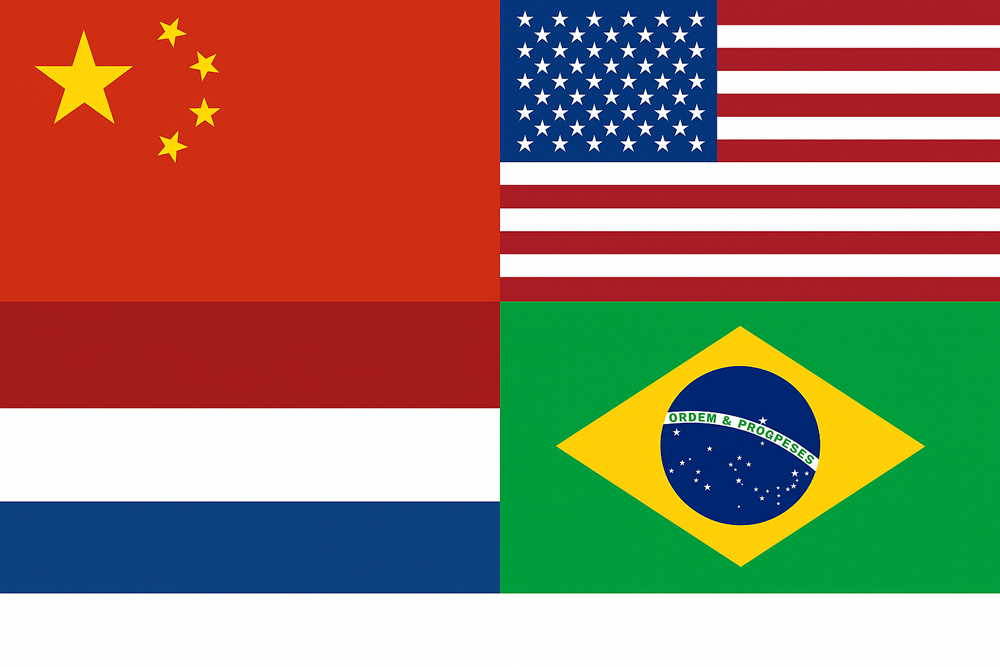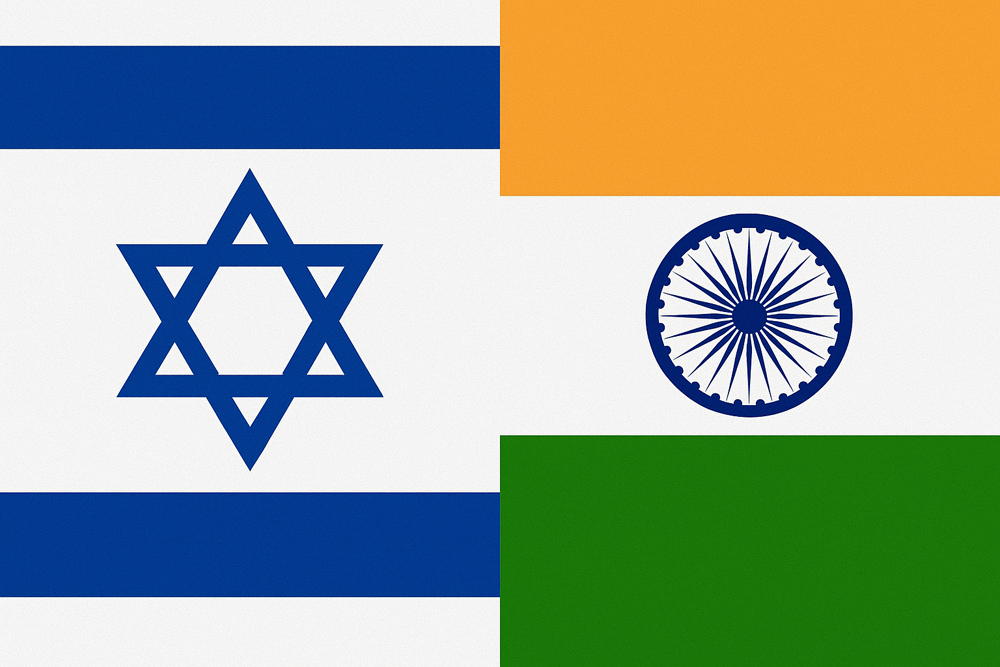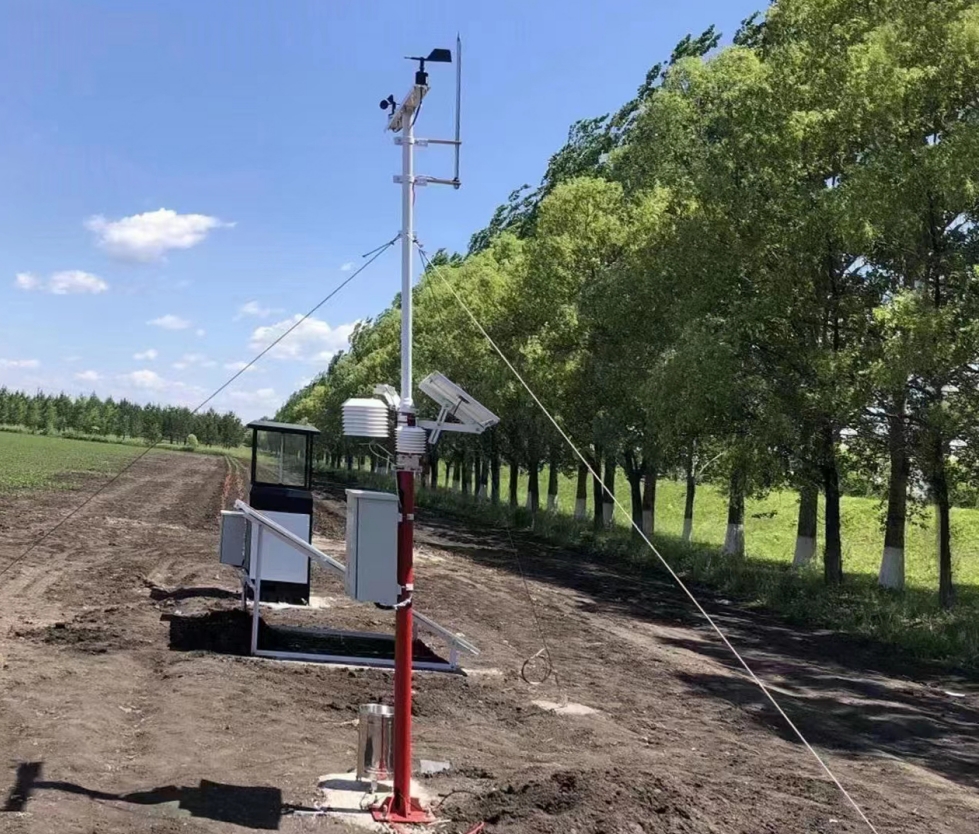

— Blogs —
—Products—
 Consumer hotline +8618073152920
Consumer hotline +8618073152920 WhatsApp:+8615367865107
Address:Room 102, District D, Houhu Industrial Park, Yuelu District, Changsha City, Hunan Province, China
Product knowledge
Time:2025-10-25 10:57:08 Popularity:386
Agriculture in the past relied on experience; today's agriculture relies on data.
With the maturity of the Internet of Things (IoT), artificial intelligence (AI), and big data, smart agriculture sensors are becoming the infrastructure for agricultural modernization in various countries.
From real-time environmental monitoring of soil moisture, temperature and humidity, light, CO₂ concentration, to weather, rainfall, and wind speed, these sensors help farmers make precise decisions, save resources, increase yields, and enhance sustainability.
Multiple countries around the world are adopting agricultural sensors on a large scale to address challenges such as climate change, labor shortages, and food security. Below, we systematically analyze the most representative countries in the field of smart agriculture sensors and their practical cases.
The United States is one of the largest adopting countries of smart agriculture sensors globally.
Agricultural giants such as John Deere, Trimble, and Ceres Imaging have long deeply integrated sensors with drones, satellite remote sensing, and AI algorithms.
In the U.S. Midwest Corn Belt, farmers use soil moisture sensors + weather stations + automated irrigation systems to achieve field-level irrigation scheduling through cloud data.
According to the U.S. Department of Agriculture (USDA) report, farms adopting intelligent sensor systems save an average of 25%-30% on water and improve fertilizer utilization by over 15%.
The United States' strong technology ecosystem and high level of automation make it a global benchmark for the development of smart agriculture sensors.

China's smart agriculture market is rising rapidly.
The government's "14th Five-Year Plan" explicitly proposes goals for agricultural digital transformation, promoting the construction of "smart planting, intelligent irrigation, and digital farms".
In the North China and Southwest regions, NiuBoL weather stations and soil sensor systems have been widely applied in facility agriculture and research projects.
For example, in the highland vegetable bases in Yunnan, by deploying NiuBoL's soil temperature and humidity and EC sensors, farmers can monitor data in real-time via mobile apps, achieving automatic irrigation regulation and significantly improving crop uniformity.
China's advantages lie in policy-driven initiatives and manufacturing capabilities, gradually popularizing smart sensors to small and medium-sized farms and providing cost-effective agricultural IoT solutions for the world.

The Netherlands has a small land area but is the world's second-largest agricultural product exporter.
Its secret lies in the ultimate application of digitalization and sensorization.
The Netherlands' "Wageningen University & Research" collaborates with numerous agricultural technology companies to build smart greenhouses, vertical farms, and precision irrigation systems.
Almost every greenhouse is equipped with NPK, CO₂, light, and temperature and humidity sensors, automatically controlling irrigation, ventilation, and supplemental lighting through AI algorithms.
Israel is world-renowned for its "desert vegetable growing."
The country began popularizing drip irrigation systems and soil sensing technologies as early as the 1990s. Today, almost all Israeli farms use sensors to collect real-time data to optimize irrigation and nutrient supply.
The Israeli government continuously supports agricultural IoT projects through agricultural innovation funds, with sensor usage rates ranking among the top globally, serving as a model for agricultural transformation in the Middle East region.
India has the world's largest number of small and medium-sized farmers, with a high proportion of traditional agriculture, but digitalization is accelerating rapidly.
Benefiting from low-cost sensors and the widespread adoption of mobile internet, more and more Indian farmers are starting to use smart agriculture equipment.
India's advantages lie in its vast agricultural population and policy subsidies, positioning it as one of the fastest-growing markets for smart agriculture sensors globally in the future.
Brazil is the world's largest exporter of soybeans, coffee, and sugarcane, with agriculture accounting for over 25% of GDP.
Facing climate change and environmental pressures, the Brazilian government is promoting agricultural sustainability, encouraging farms to deploy sensors for monitoring water and carbon emissions.

According to the MarketsandMarkets report, the global smart agriculture sensor market is expected to exceed $12 billion by 2030, with a compound annual growth rate of 12.3%.
The main drivers include:
- Climate change and water resource pressures
- Agricultural labor shortages
- Demand for food security and quality traceability
- Government digital agriculture subsidy policies
In the next five years, Asia, Africa, and the Middle East will become the fastest-growing regions.
Yes. Developed countries focus on high precision and data integration, while developing countries emphasize cost-effectiveness and ease of use.
NiuBoL devices support low-power communication like LoRa, allowing offline data storage and automatic uploads.
It is recommended to start with key components such as weather stations and soil moisture sensors, gradually expanding to environmental monitoring and automated irrigation systems.
Most countries have introduced digital agriculture support policies, such as the EU's CAP program and China's agricultural IoT special projects.
NiuBoL's cloud platform uses encrypted transmission and local data backups to ensure farm data security and reliability.
As a provider of agricultural IoT and environmental monitoring solutions, NiuBoL is committed to bringing high-precision sensor technology to farms worldwide.
- Soil temperature and humidity, electrical conductivity, pH sensors
- Weather stations and solar radiation sensors, rainfall sensors, wind speed and direction sensors, ambient temperature and humidity sensors
- IoT gateways supporting LoRa, 4G, 5G, WiFi, and other protocols
- Cloud-based visualization and automated control platforms
NiuBoL's systems have been applied in over 60 countries in Europe, South America, Southeast Asia, and beyond, helping farms achieve precision management, water savings, yield increases, and environmental friendliness.
From the United States' technological innovation to China's large-scale promotion, from Israel's drought irrigation to the Netherlands' data-driven greenhouses, smart agriculture sensors have become the core support for agricultural modernization. It is not only about efficiency but also about sustainability. Whoever can first establish a complete agricultural data network will hold the initiative in future food security.
NiuBoL believes:
The future of agriculture is not just about experience, but about "data insights." Let sensors give voice to the land, and let data become the new productivity in agriculture.
Related recommendations
Sensors & Weather Stations Catalog
Agriculture Sensors and Weather Stations Catalog-NiuBoL.pdf
Weather Stations Catalog-NiuBoL.pdf
Related products
 Combined air temperature and relative humidity sensor
Combined air temperature and relative humidity sensor Soil Moisture Temperature sensor for irrigation
Soil Moisture Temperature sensor for irrigation Soil pH sensor RS485 soil Testing instrument soil ph meter for agriculture
Soil pH sensor RS485 soil Testing instrument soil ph meter for agriculture Wind Speed sensor Output Modbus/RS485/Analog/0-5V/4-20mA
Wind Speed sensor Output Modbus/RS485/Analog/0-5V/4-20mA Tipping bucket rain gauge for weather monitoring auto rainfall sensor RS485/Outdoor/stainless steel
Tipping bucket rain gauge for weather monitoring auto rainfall sensor RS485/Outdoor/stainless steel Pyranometer Solar Radiation Sensor 4-20mA/RS485
Pyranometer Solar Radiation Sensor 4-20mA/RS485
Screenshot, WhatsApp to identify the QR code
WhatsApp number:+8615367865107
(Click on WhatsApp to copy and add friends)
